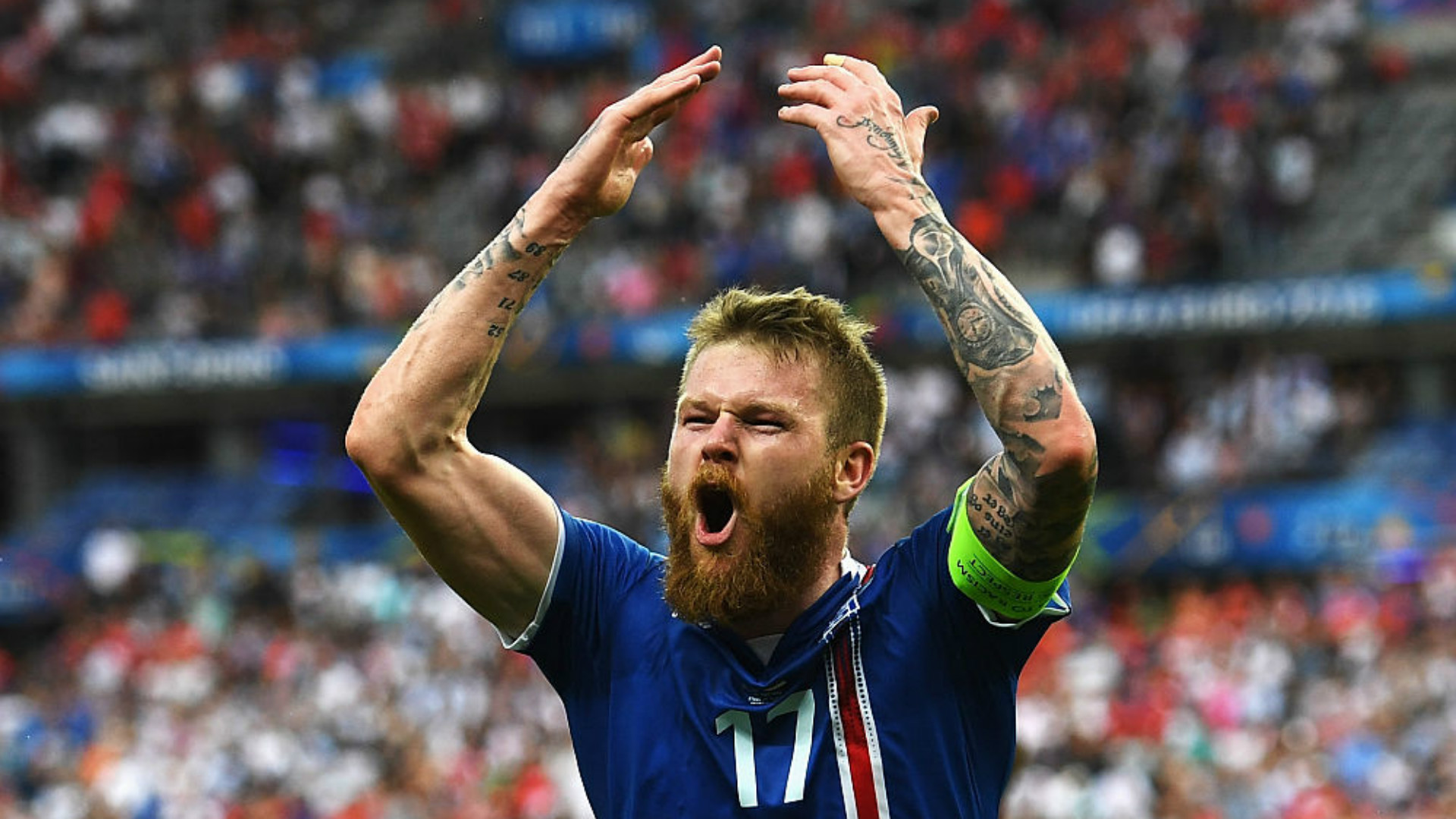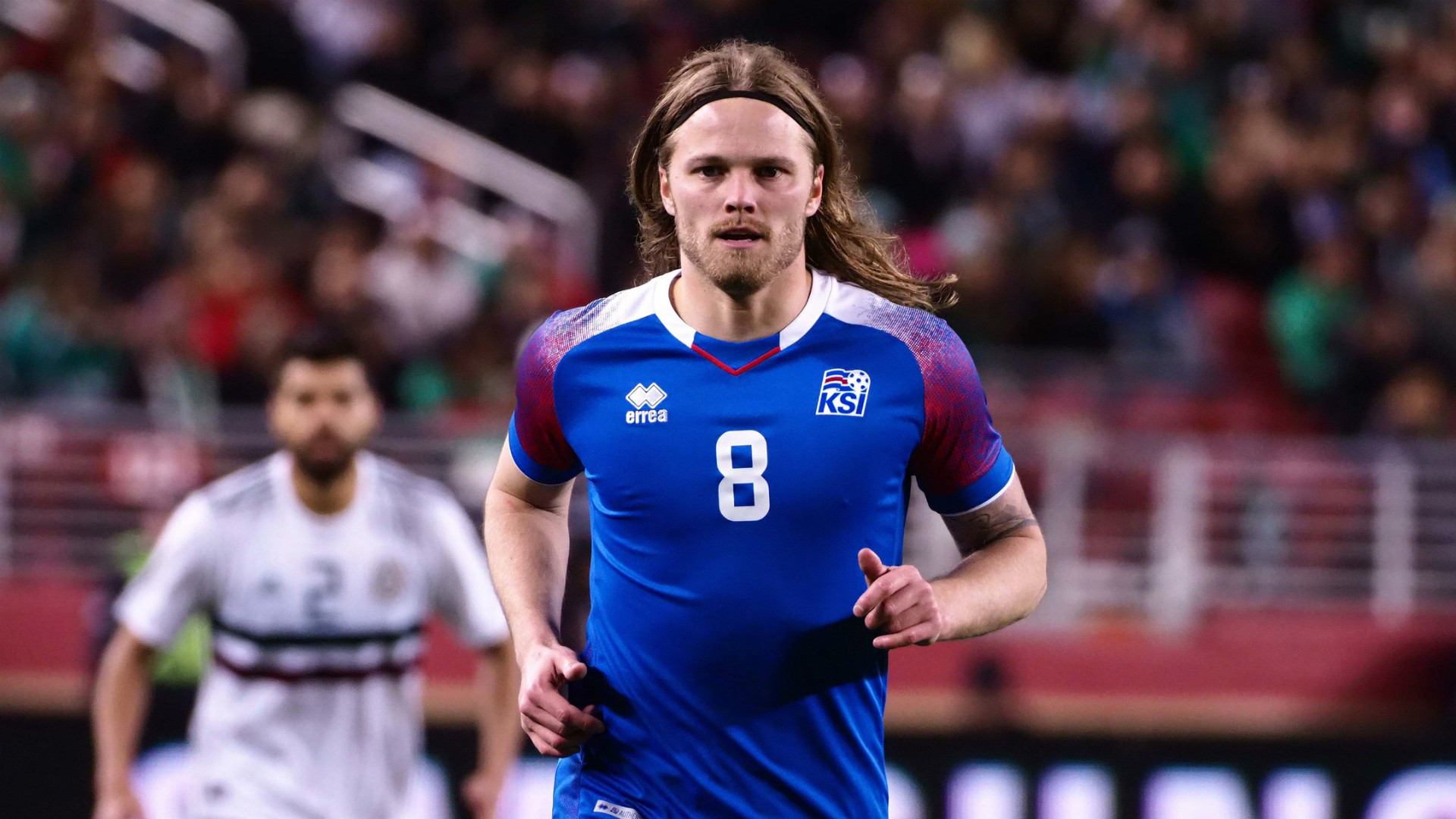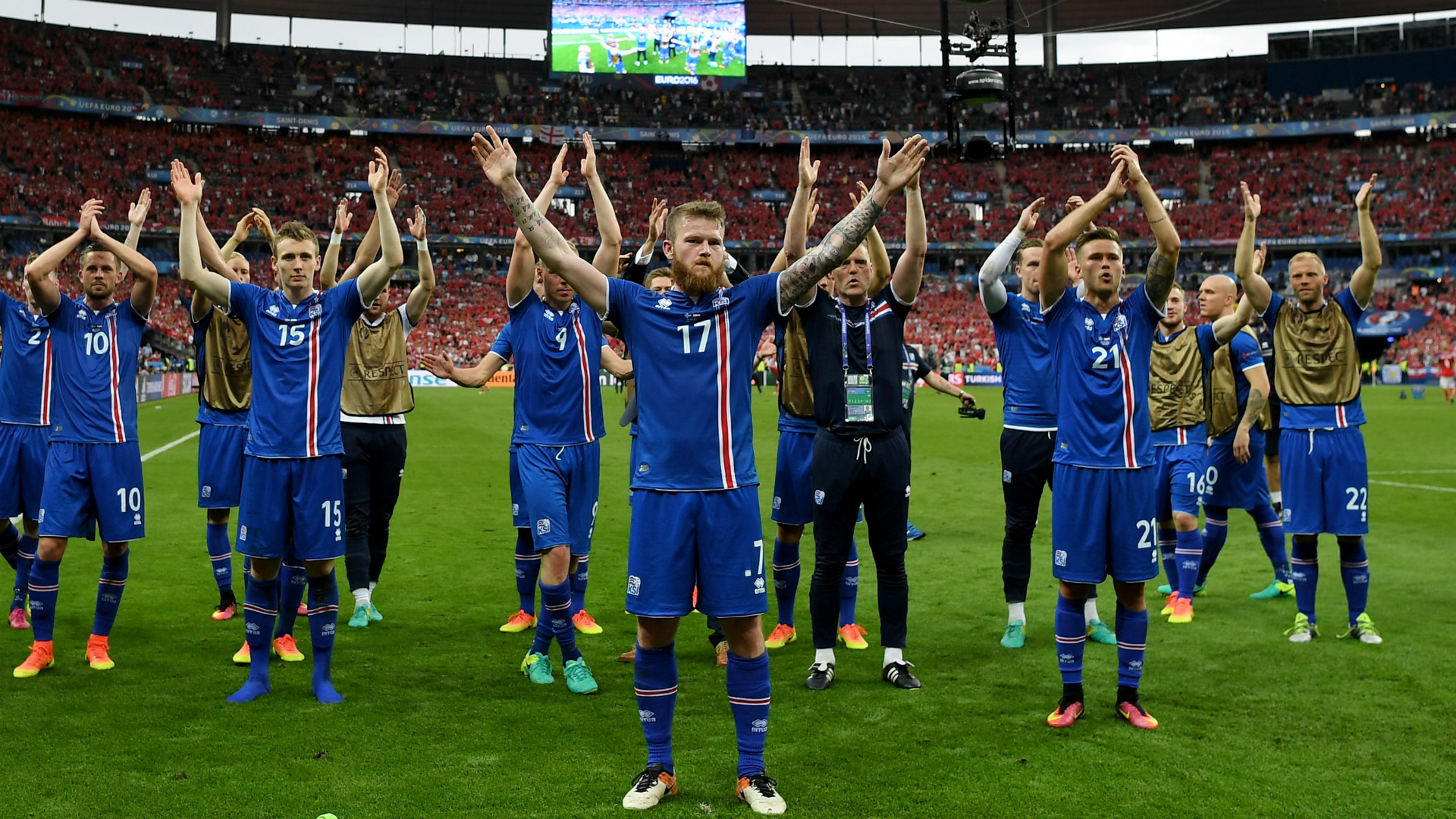Iceland's USA tour shines a light on one of the World Cup's Cinderella stories
autty 2018-04-08 13:08:01 评论
A recent tour of the U.S. didn't yield wins, but it did give Americans a look at a team they might want to adopt as their own at the World Cup

The recent international fixture window was a solemn one for American soccer fans, as they were once again reminded that the upcoming World Cup would be the first without the United States in 32 years. For some U.S. fans who had yet to settle on a new team to root for in Russia, watching the full slate of friendlies offered a chance to look at teams they might consider adopting for the tournament.
One potential candidate actually came to the United States in search of some good tests and also to showcase its incredible story. Iceland, the tiny Island nation of 338,349 inhabitants, played friendlies in San Francisco and New Jersey, giving U.S. fans — as well as the many Mexican and Peruvian fans in the United States — a chance to see the underdog team that made such a big splash at the 2016 European Championships.
Iceland should be of particular interest to Americans who continue to try and understand how a country as large as the United States failed to qualify for the World Cup, while Iceland, the smallest nation to ever qualify for the World Cup, qualified comfortably, topping a group that included Croatia.
How did Iceland do it? That is a question being asked more as more as we draw closer to the country's first appearance at the World Cup. To better understand the process that transformed Iceland from soccer backwater, to thriving and emerging contender, you need to visit the snow-covered island for a closer look at a success story other countries — like the United States — could learn from.
The story of Iceland building indoor training facilities almost two decades ago, which helped allow Icelandic children to play and train during the winter months, is often seen as the turning point in the program, but not everyone sees it quite so simply.
"Many people have talked about our coaching system and our facilities being a big reason why we can compete, but we have a golden generation and the golden generation started playing football before the facilities came," Iceland technical director Arnar Bill Gunnarsson told Goal. "The system of play fits them really well, their attitude is fantastic, and everything’s clicking together.
"There's no doubt the facilities have helped, but this is also a special group," Gunnarsson said.
Indoor training facilities began to sprout up throughout Iceland around 2000, and as more were constructed, more young players were able to train and play soccer year round, giving them a considerable edge on the generations of Icelandic soccer players that came before them.

"I was training on gravel pitches, you didn’t really train a lot in the winter," recalled Iceland Soccer Federation president and former Bolton and Tottenham defender Gudni Bergsson. "We’d start in the end of May or beginning of June. This was 30 years ago, but now as the facilities have improved everything has become more professional."
"Gradually, the players, the kids, have seen Icelandic players go abroad and play professionally and I think it’s developed into the fact that a lot of young boys who are training as footballers have that dream for themselves now to become professional players," Berdsson said, referring to the 75-player contingent if Icelanders now playing professionally abroad. "There’s that ambition now, and with the facilities and the coaching we have now, players have more support to realize that dream."
Icelandic children also have the support of local governments, which in many cases help subsidize the cost of training by building and maintaining facilities, making it more affordable for parents to have their children train. While American children can oftentimes find costly fees that rise into the thousands to play youth soccer, Icelandic parents pay a fraction of that, with the fees being paid used to pay staff salaries.

According to the Icelandic federation, 12-year-olds pay an average of $836 a year for training fees, an impressive number considering the facilities and level of coaching Iceland youth soccer enjoys. All youth coaches are professionally licensed — the idea of the unqualified volunteer coach or parent coach doesn't exist — with an impressive 70 percent of Iceland's youth coaches currently holding at least a UEFA B coaching license.
The hope in Iceland is that the growing interest in the sport driven by the recent success of the national team can be used to not only motivate the next generation of young Icelanders, but also help lead to an increased investment in the sport that helps that generation have everything it needs to build on Iceland's recent success so that reaching the World Cup, and winning games in international competitions like the Euros, can become the norm for the tiny Island nation.
"At this stage it’s so easy to be complacent and say we’ve got the world at our feet, but now is exactly the time when you have to be on your guard and say, let’s enjoy the moment but look ahead and see how we can sustain this success," Bergsson said. "How can we repeat it? How can we not drop too far when this generation stops playing. We’re going to take a dip at some stage, I’m sure, but I would like to develop Iceland football and try to sustain the success and keep improving."
- 消息参考来源: GOAL
- 严禁商业机构或公司转载,违者必究;球迷转载请注明来源“懂球帝”
- 懂球帝社区规范:抵制辱骂

